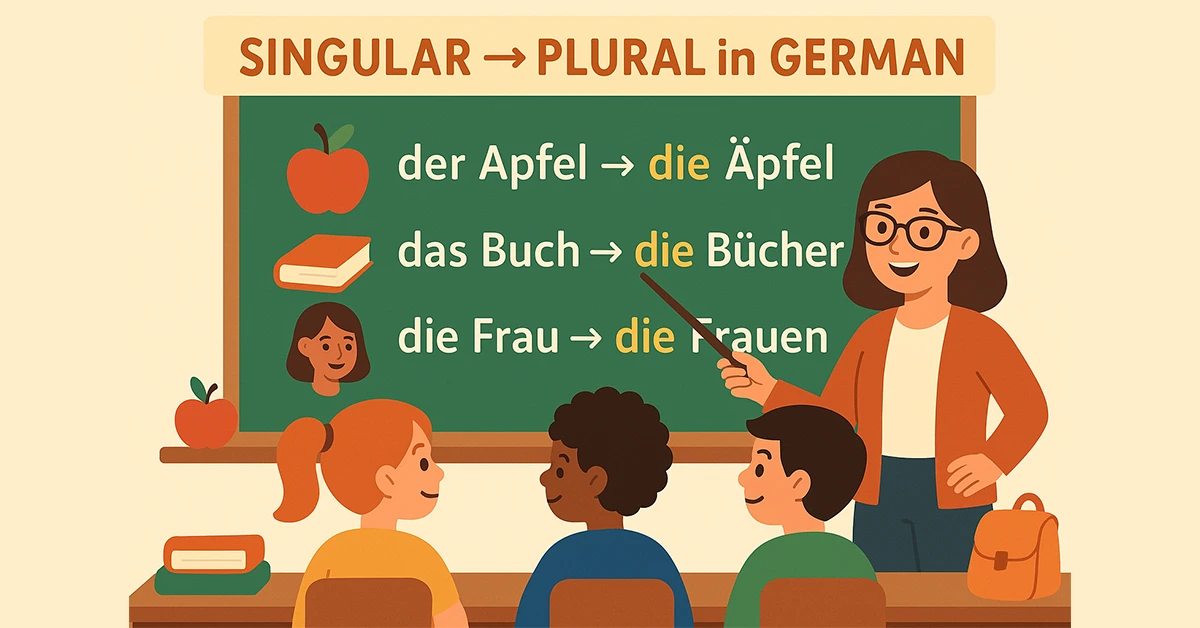German grammar A1
-

German Plural Forms Explained – A1 Beginner’s Complete Guide
Learn German plural forms easily with this complete A1 beginner’s guide. Discover rules, patterns, examples, and quizzes to master German noun plurals step by step.
-

German Verb Conjugation: sein and haben for Beginners
Learn how to conjugate the essential German verbs sein and haben in all tenses. This beginner-friendly guide covers present, past, and perfect forms with examples.